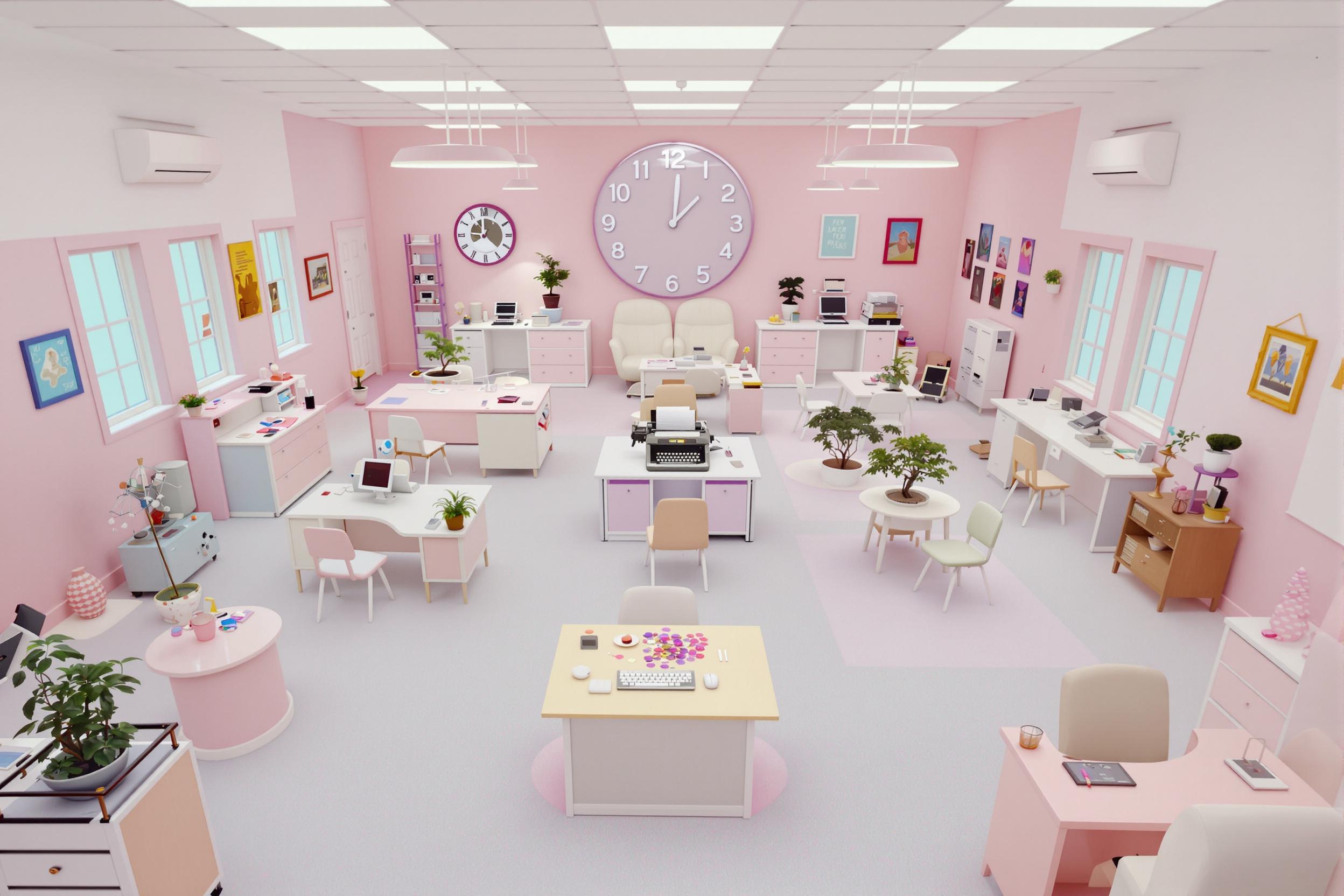
Augmented Reality
Augmented Reality (AR) is a technology that adds computer-generated images, information, or graphics on top of what people see in the real world. Think of it like a transparent layer of helpful information appearing over reality. In cars and vehicles, it's often used in displays that show navigation arrows on the road ahead, safety alerts, or vehicle information on the windshield. This technology is becoming increasingly important in modern vehicles, entertainment, and industrial applications. Unlike Virtual Reality (VR) which creates a completely artificial environment, AR enhances the real world with extra digital information.
Examples in Resumes
Developed Augmented Reality displays for vehicle navigation systems
Implemented AR safety features for automotive heads-up displays
Led team in creating Augmented Reality user interfaces for infotainment systems
Typical job title: "Augmented Reality Developers"
Also try searching for:
Where to Find Augmented Reality Developers
Online Communities
Job Boards
Professional Networks
Example Interview Questions
Senior Level Questions
Q: How would you design an AR system for a vehicle that needs to work in various lighting conditions?
Expected Answer: A strong answer should discuss ways to adjust display brightness, ensure safety in different weather conditions, and mention experience with various sensors and display technologies. They should emphasize user safety and system reliability.
Q: What considerations are important when developing AR interfaces for automotive use?
Expected Answer: Should discuss driver safety, minimal distraction, clear visibility, response time, and integration with vehicle systems. Should mention experience with automotive safety standards and user testing.
Mid Level Questions
Q: What tools and technologies have you used for AR development?
Expected Answer: Should be able to name specific development platforms, display technologies, and explain their experience with various AR tools and how they've used them in real projects.
Q: How do you ensure AR features don't distract drivers?
Expected Answer: Should discuss user interface guidelines, safety testing, and ways to present information clearly without causing distraction. Should mention experience with user testing and safety regulations.
Junior Level Questions
Q: What is the difference between AR and VR?
Expected Answer: Should explain that AR adds digital elements to the real world while VR creates a completely virtual environment. Should provide simple examples of each.
Q: What basic components make up an AR system?
Expected Answer: Should mention displays, cameras or sensors, processing units, and basic software components. Should understand how these work together in simple terms.
Experience Level Indicators
Junior (0-2 years)
- Basic AR development concepts
- Simple display interface creation
- Understanding of 3D graphics basics
- Basic safety guidelines knowledge
Mid (2-5 years)
- Advanced AR development
- Integration with vehicle systems
- User interface optimization
- Safety standards implementation
Senior (5+ years)
- Complex AR system architecture
- Team leadership and project management
- Advanced safety feature implementation
- Performance optimization expertise
Red Flags to Watch For
- No understanding of safety considerations in automotive applications
- Lack of experience with user interface design
- No knowledge of display technologies
- Poor understanding of real-time processing requirements
Need more hiring wisdom? Check these out...

Virtual Reality in Certification Exams: How VR is Transforming Specialized Training

Your Next Job Might Be Chosen By AI: The Mind-Blowing Future of HR Is Already Here

Redefining Team Collaboration in a Digital Workspace

